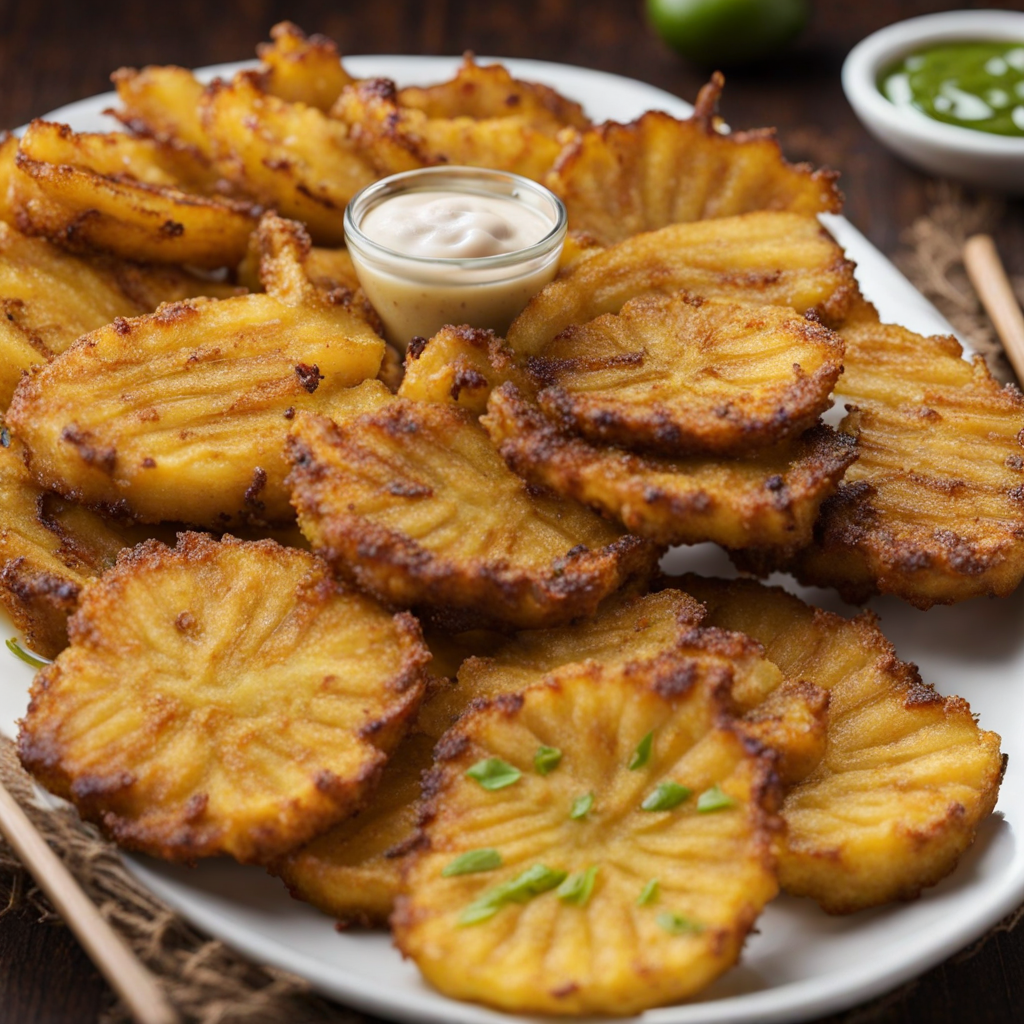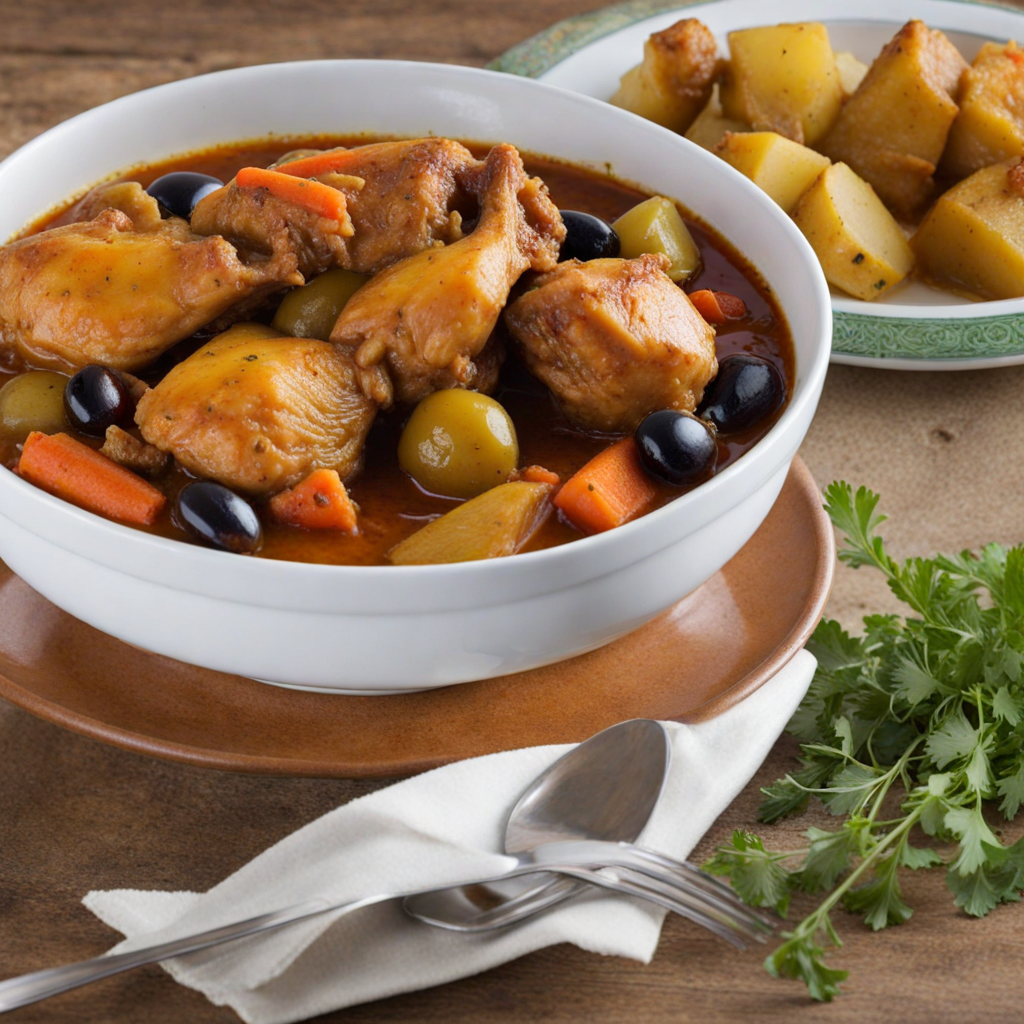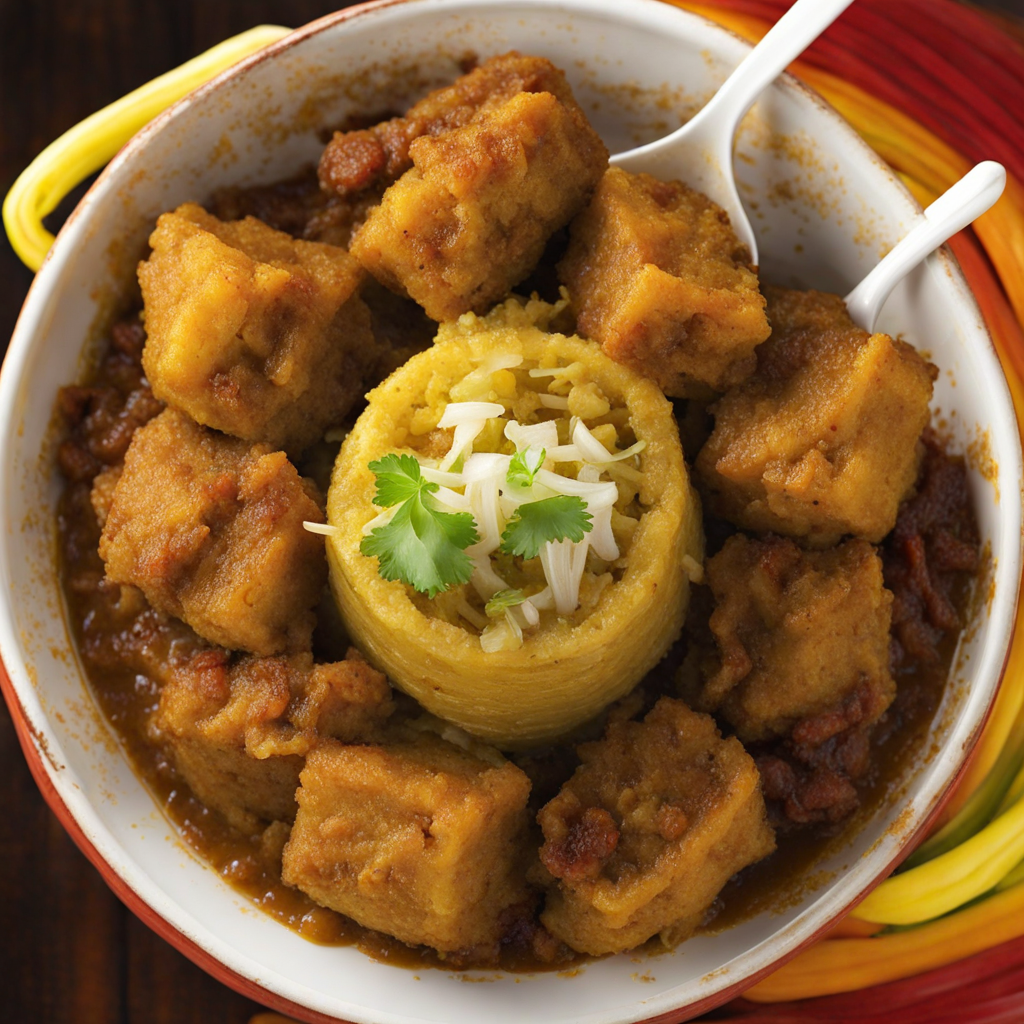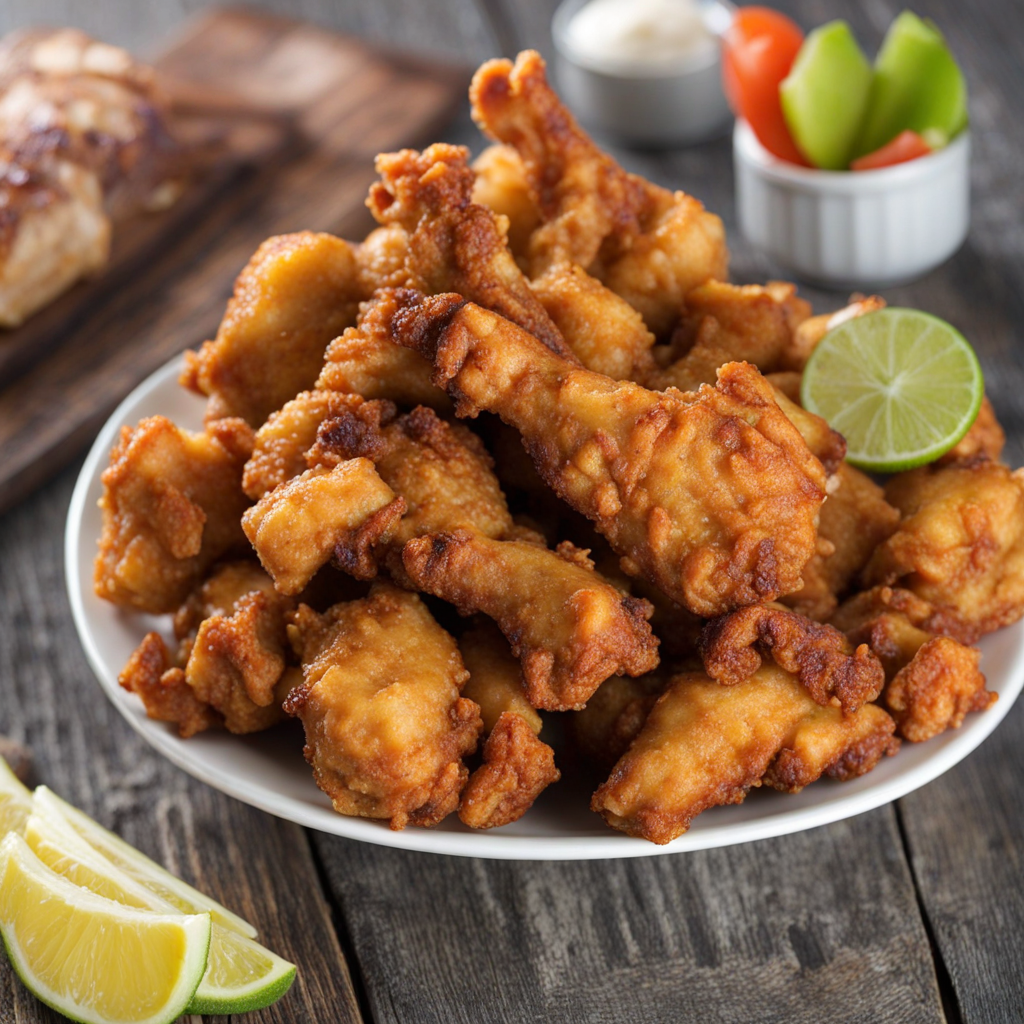Quesitos
Quesitos are delightful Puerto Rican pastries that embody a perfect harmony of flavors and textures. These sweet treats consist of a flaky, doughy exterior, typically made from puff pastry, which is light and crisp. The magic happens within, where the quesitos are generously filled with a creamy, sweetened cheese mixture, often featuring a combination of cream cheese and ricotta or queso blanco. This luscious filling is sometimes enhanced with a hint of vanilla or a touch of citrus zest, providing a subtle balance that elevates the overall taste experience. As you take your first bite of a quesito, you'll be greeted by the satisfying crunch of the golden-brown pastry that gives way to the smooth, rich filling. The contrast between the textures is simply irresistible, and the sweetness of the cheese filling complements the buttery layers of the pastry beautifully. Many quesitos are finished off with a sprinkle of powdered sugar or a drizzle of icing, adding an extra touch of sweetness that makes them even more indulgent. Often enjoyed as a breakfast treat or a delightful snack, quesitos are a beloved staple in Puerto Rican cuisine. They can be found in bakeries across the island, and each version may have its own unique twist, such as the addition of guava paste or other fruit preserves that offer a fruity kick. Whether enjoyed with a cup of coffee or on their own, quesitos are a delightful way to explore the rich culinary traditions of Puerto Rico, making them a must-try for anyone looking to expand their palate.
How It Became This Dish
The History of Quesitos: A Puerto Rican Delight Quesitos, a beloved sweet treat from Puerto Rico, embody the island's rich culinary heritage and cultural fusion. These delightful pastries, filled with sweetened cream cheese and often dusted with powdered sugar, represent a delicious intersection of influences from various cultures that have shaped Puerto Rico's identity over centuries. #### Origins The roots of quesitos can be traced back to the Spanish colonization of the island in the late 15th century. When Christopher Columbus arrived in 1493, he brought with him not only the seeds of colonization but also a mix of culinary traditions that would forever alter the island's gastronomy. The Spanish brought their love for pastries and dairy products, which laid the groundwork for the development of quesitos. The word "quesito" itself derives from the Spanish word "queso," meaning cheese. The primary filling of quesitos, which is a sweetened cream cheese, reflects the Spanish influence, particularly the tradition of using cheese in various forms. However, the quesito is not merely a direct adaptation of Spanish pastries; it evolved into a unique Puerto Rican creation by integrating local ingredients and tastes. #### Cultural Significance Quesitos hold a special place in Puerto Rican culture. They are more than just a dessert; they are a symbol of celebration and community. Often enjoyed during festive occasions, family gatherings, and holidays, quesitos have become a staple in the Puerto Rican culinary repertoire. Their presence is felt at Christmas celebrations, where they stand alongside other traditional foods, such as pasteles and coquito, emphasizing the importance of sweets in the festive season. In Puerto Rican households, preparing quesitos can also be a communal activity, bringing families together in the kitchen. The process of making the dough, filling it with sweetened cream cheese, and baking it into a golden, flaky pastry is often shared among generations. This practice reinforces family bonds and carries on culinary traditions, making quesitos a cherished part of Puerto Rican heritage. #### Development Over Time As with many traditional dishes, the recipe for quesitos has evolved over time. The basic components—a flaky pastry dough and sweet cream cheese filling—have remained largely unchanged, but variations have arisen that reflect both local tastes and broader culinary trends. In the early 20th century, as Puerto Rico underwent significant social and economic changes, the availability of ingredients influenced the preparation of quesitos. The introduction of processed cream cheese made it easier for home cooks to replicate the sweet filling, leading to a surge in popularity. Bakeries began to pop up across the island, each offering its unique take on the quesito, with some incorporating local flavors such as guava or coconut into the filling. The globalization of food culture in the late 20th and early 21st centuries further transformed the quesito. As Puerto Ricans migrated to the mainland United States, they brought their culinary traditions with them. Quesitos found their way into bakeries and cafes in cities with significant Puerto Rican populations, such as New York and Chicago. Here, they became popular not only among Puerto Ricans but also among a broader audience eager to explore the island's cuisine. #### Contemporary Quesitos Today, quesitos are more than just a nostalgic treat; they have become a symbol of Puerto Rican identity in a globalized world. Modern bakers are experimenting with flavors and presentations, offering quesitos filled with innovative ingredients like Nutella, dulce de leche, and seasonal fruits. This evolution showcases the adaptability of traditional dishes while maintaining their roots. Moreover, quesitos are now celebrated at culinary festivals, where chefs showcase their creativity while paying homage to the classic recipe. These events highlight the importance of preserving Puerto Rican culinary traditions, allowing new generations to appreciate and reinterpret the quesito. In addition to being a delicious pastry, quesitos also serve as a cultural ambassador, introducing the richness of Puerto Rican cuisine to a wider audience. Food blogs, social media, and cooking shows have played a significant role in elevating the status of quesitos, turning them into a sought-after delicacy beyond the borders of Puerto Rico. #### Conclusion Quesitos are a testament to the rich tapestry of Puerto Rican history, reflecting the island's diverse cultural influences and evolving traditions. From their humble beginnings as a Spanish-inspired pastry to their status as a beloved treat enjoyed by many, quesitos encapsulate the spirit of Puerto Rico—a blend of heritage, community, and creativity. As they continue to evolve, quesitos remain a delicious reminder of the island's culinary legacy, cherished by generations and celebrated by food lovers around the world. Whether enjoyed at home, at a bakery, or during a festive celebration, quesitos are not just a pastry—they are a piece of Puerto Rican history served warm and sweet.
You may like
Discover local flavors from Puerto Rico







